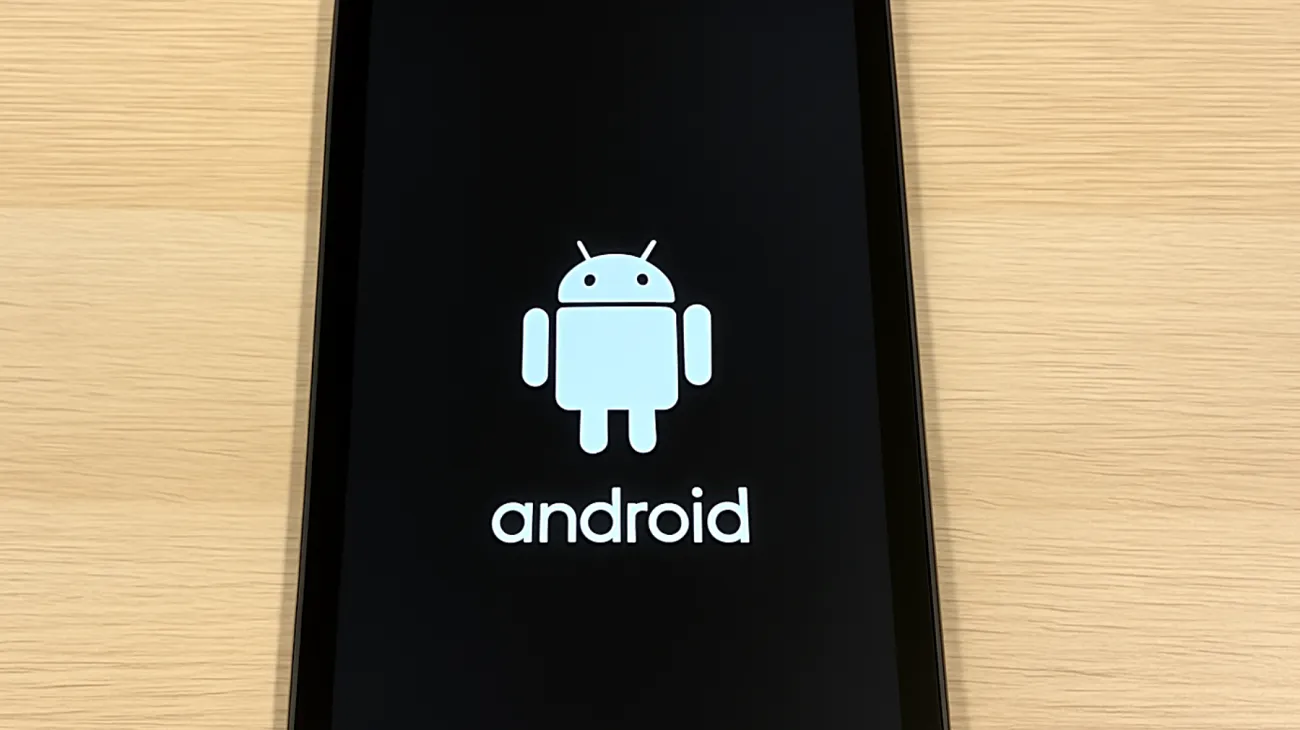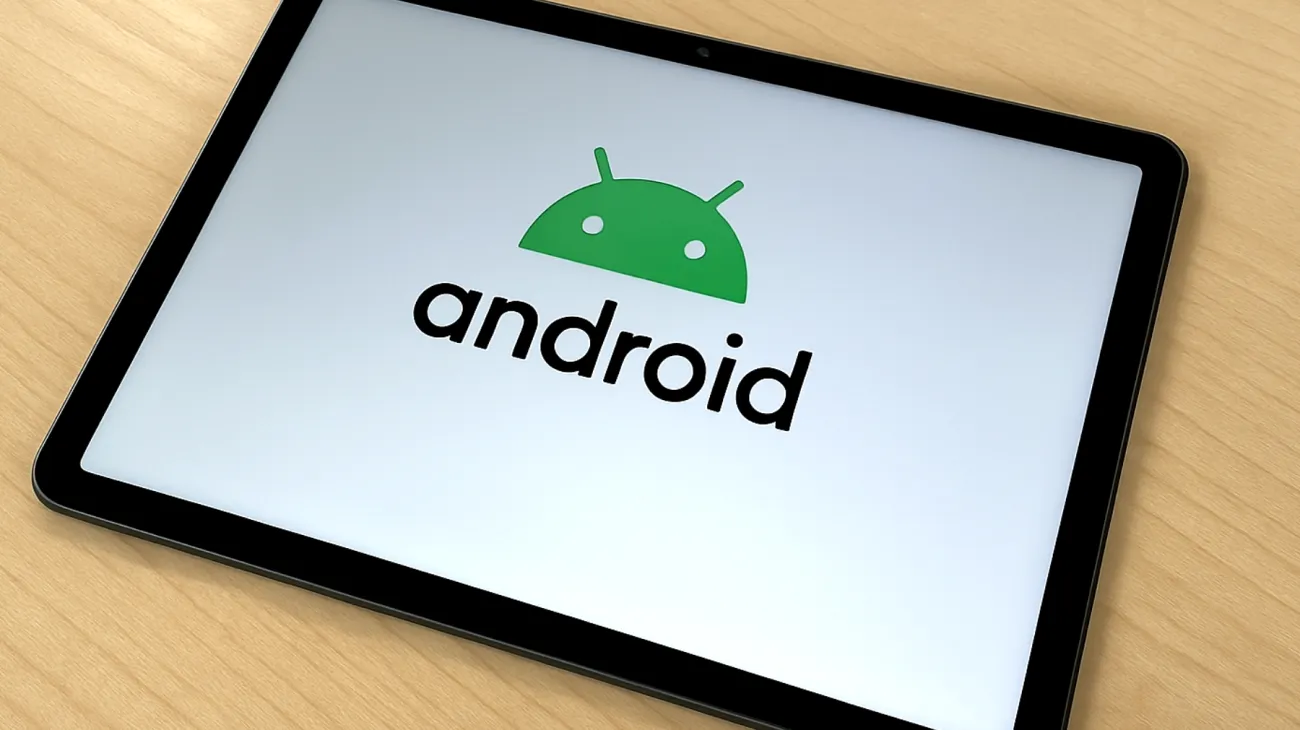Your Android tablet buzzes incessantly throughout the day, pulling your attention away from important tasks and fragmenting your focus into dozens of micro-interruptions. While these notifications were designed to keep you connected, they’ve become digital noise that hampers productivity and mental clarity. The good news? Your Android tablet offers sophisticated notification management tools that most users never fully explore.
The Hidden Cost of Notification Overload
Research from the University of California, Irvine reveals that it takes an average of 23 minutes and 15 seconds to fully refocus after a digital interruption. When you multiply this by the dozens of notifications the average person receives daily, you’re looking at hours of lost productivity. Your brain becomes conditioned to expect these interruptions, creating a state of continuous partial attention that affects both work quality and personal well-being.
Understanding how Android’s notification system works gives you the power to transform your tablet from a source of distraction into a productivity tool that serves your schedule rather than controlling it. The sophisticated controls built into modern Android devices allow for precision management that goes far beyond simple on-off switches.
Granular App Notification Control
Android’s notification system operates on multiple layers, allowing you to customize exactly how each app communicates with you. Navigate to Settings > Apps & notifications > Notifications to access your notification dashboard. Here, you’ll find every installed app with individual toggle switches, but the real power lies deeper in the system’s architecture.
Tap on any app to reveal notification categories that most users never discover. Since Android 8.0 Oreo, the system supports Notification Channels that separate different types of alerts with surgical precision. Your email app might distinguish between promotions, social notifications, and important messages. You can disable promotional alerts while keeping critical work emails active, or set different notification tones for various categories that help your brain instantly categorize incoming information.
Smart Notification Scheduling
The Do Not Disturb mode has evolved far beyond simple silence settings into a sophisticated attention management system. Access it through Settings > Sound > Do Not Disturb to discover advanced scheduling options that adapt to your lifestyle. You can create multiple DND profiles: one for work hours that allows only essential communications, another for sleep that blocks everything except emergency calls, and a study mode that permits only educational app notifications.
Some Android devices support location-based DND activation, though availability varies by manufacturer and Android version. When supported, your tablet can automatically enter focus mode when you arrive at your office or library, then restore normal notifications when you leave, creating seamless transitions between different attention states throughout your day.
Notification Batching and Grouping
Instead of receiving individual pings for every message, Android can group notifications by app or conversation thread, transforming chaos into organized information streams. This feature, available since Android 7.0 Nougat, transforms twenty separate WhatsApp notifications into a single, expandable bundle. Enable this through Settings > Apps & notifications > Notifications to immediately reduce visual clutter and mental overhead.

- Group messaging notifications by conversation thread in supported messaging apps
- Bundle social media updates when your device supports scheduled summaries
- Combine news alerts into morning and evening digests in compatible applications
- Stack shopping notifications to prevent impulse checking throughout the day
Priority Notification Filtering
Android’s notification ranking system uses interruptive and gentle categories to manage your alerts intelligently, learning from your behavior patterns. Long-press any notification to access priority settings that fine-tune how your device communicates urgency. Mark important contacts as priority senders, ensuring their messages break through DND barriers and appear at the top of your notification shade. Conversely, demote notifications from apps that frequently send non-essential alerts.
The Adaptive Notifications feature, available in Android 10 and newer versions, uses machine learning to predict which notifications matter to you based on your interaction patterns. This system becomes more accurate over time, automatically suppressing notifications you typically dismiss without reading, creating a personalized filter that evolves with your habits.
Advanced Focus Techniques
Beyond built-in settings, Android’s Digital Wellbeing tools offer Focus mode, which can pause specific apps during designated hours, preventing notifications entirely rather than just silencing them. This creates intentional boundaries that support your productivity goals while maintaining access to essential functions when needed.
For professionals managing multiple communication channels, create notification hierarchies that mirror your actual priorities. Set your work email to vibrate, personal messages to display silently, and social media to batch until evening. This creates a natural priority system that aligns with your brain’s preference for routine and predictability in managing interruptions.
Environmental Awareness Settings
Your Android tablet can adjust notification behavior based on environmental context, creating smart responses to your changing circumstances. When connected to your car’s Bluetooth, compatible devices can automatically read important messages aloud while suppressing less critical alerts. During calendar events marked as “Busy,” certain notifications can pause automatically, though specific features vary by manufacturer and device model.
The key lies in treating notification management as an ongoing optimization process rather than a one-time setup. Regular audits of your notification patterns help identify apps that have crept back into disruptive behavior and communication channels that no longer serve your priorities. Your relationship with technology should enhance your capabilities, not fragment your attention. By mastering these Android notification controls, you transform your tablet from a source of constant interruption into a tool that respects your focus and amplifies your productivity.
Table of Contents

